Silicon on-Demand: the evolution of HPE GreenLake
HPE’s consumption-based platform gets granular

It’s been four years since Hewlett Packard Enterprise (HPE) first brought HPE GreenLake to market, and to say the platform has changed in that time would be an understatement.
What started out in 2017 as a handful of pay-per-use offerings delivered through the company’s Pointnext Services business has evolved to become the future of HPE. Indeed, just this year CEO Antonio Neri declared Greenlake to be the company’s “leading product, leading offer … leading experience, where everything else underneath is part of that experience”. This isn’t a new tune from him, either – in 2019 he declared that by 2022 HPE would be a “consumption driven company”, with its entire portfolio offered as a service.
What has emerged most recently, however, goes beyond even that. Silicon on Demand – launched this year in collaboration with Intel – is an innovation that takes consumption-based pricing down to the level of individual cores.
So what is Silicon on-Demand, how does it work, and what does it mean for the future of GreenLake?
Building on solid foundations
Let’s not beat about the bush. While Silicon on-Demand is an exciting, revolutionary new element of consumption based computing on demand, it couldn’t have been done without everything that had gone before.
In many ways, the shift to a consumption model as offered through GreenLake is as much a shift in mindset as it is a shift in the way IT is delivered at a technical level. IT managers and administrators have been used to buying all their hardware in monolithic blocks for decades – often leading to overprovisioning, particularly when dealing with variable workloads. Even in more recent years, when most businesses have also been implementing public cloud, there has been a separation both structurally and philosophically between how you use and manage hardware on premises versus in the cloud.
The gradual rollout of GreenLake services, incorporating more and more elements of IT on demand, from Big Data and edge computing to high performance computing (HPC) and hybrid cloud, showed this model could not only be trusted, but could be more effective than traditional ownership models.
A logical next step
With all this in place, introducing a consumption-based model that allows IT teams to turn cores on and off as they need them – Silicon on-Demand – was a logical next step.
“This first-of-its-kind feature, developed in partnership with Intel, gives you the ability to activate and pay with a click to add capacity at the processor core and persistent memory level. Nothing to order or install, just turn it on,” explained Neri at 2021’s HPE Discover conference.
Technologically, Silicon on-Demand is a great leap forward. No other company has previously been able to offer this kind of service on commodity x86 chips, never mind whether they’d thought to offer it. Working together with Intel allowed HPE to take its GreenLake philosophy and apply it to some of the smallest computing components there are.
At a business level, it also overcomes an overprovisioning issue in itself; some customers found that while they were consuming hardware at a server level on demand, they were paying for unused cores. With Silicon on Demand, users need only ever pay for what they are using, even at the most granular level.
What comes next?
The story of GreenLake so far has been one of growth and success. Starting out with just a handful of services and gradually adding to them bit by bit has increased customer interest in consuming IT this way, and has also enabled technological advancements.
It has also become ever easier to manage on-premises and edge-located hardware in a cloud-like fashion as HPE’s GreenLake software has evolved. New developments like HPE GreenLake Cloud Console make it easier to manage their entire IT estate wherever it’s located – including in the public cloud – using a consumption-based model.
With Silicon on-Demand, HPE GreenLake reached a new level. No longer was the offering just compute and storage on demand – as important as that is – instead, IT managers can now have control over exactly how many cores they want to use. Got a workload that needs more power and performance to work properly? Add some additional cores while you need them. And when you’re handling something lighter, you can scale back so you’re not overspending on silicon you’re not using. All with a few clicks of a mouse.
While Silicon on-Demand has only just been released this year, it shows what can be done – how granular these solutions can get – and what GreenLake can truly offer. So what comes next? With Neri’s declared plan for Hewlett Packard Enterprise to be a consumption-driven company by 2022 and for GreenLake to become synonymous with HPE, eventually the answer to “What’s available through GreenLake?” will surely be “everything”.
At a more granular level, there’s plenty of scope to move beyond just particular services or appliances that are available on a consumption basis. For example, the concept of Silicon on-Demand could potentially be applied not just to CPUs, but to GPUs, which are becoming increasingly important in fields like high performance computing.
No matter what comes next, though, one thing’s for certain: It will give organisations more control over their IT than they ever have before, ensuring that they’re only ever using – and paying for – the resources they need.
Get the ITPro daily newsletter
Sign up today and you will receive a free copy of our Future Focus 2025 report - the leading guidance on AI, cybersecurity and other IT challenges as per 700+ senior executives
ITPro is a global business technology website providing the latest news, analysis, and business insight for IT decision-makers. Whether it's cyber security, cloud computing, IT infrastructure, or business strategy, we aim to equip leaders with the data they need to make informed IT investments.
For regular updates delivered to your inbox and social feeds, be sure to sign up to our daily newsletter and follow on us LinkedIn and Twitter.
-
 Cleo attack victim list grows as Hertz confirms customer data stolen
Cleo attack victim list grows as Hertz confirms customer data stolenNews Hertz has confirmed it suffered a data breach as a result of the Cleo zero-day vulnerability in late 2024, with the car rental giant warning that customer data was stolen.
By Ross Kelly
-
 Lateral moves in tech: Why leaders should support employee mobility
Lateral moves in tech: Why leaders should support employee mobilityIn-depth Encouraging staff to switch roles can have long-term benefits for skills in the tech sector
By Keri Allan
-
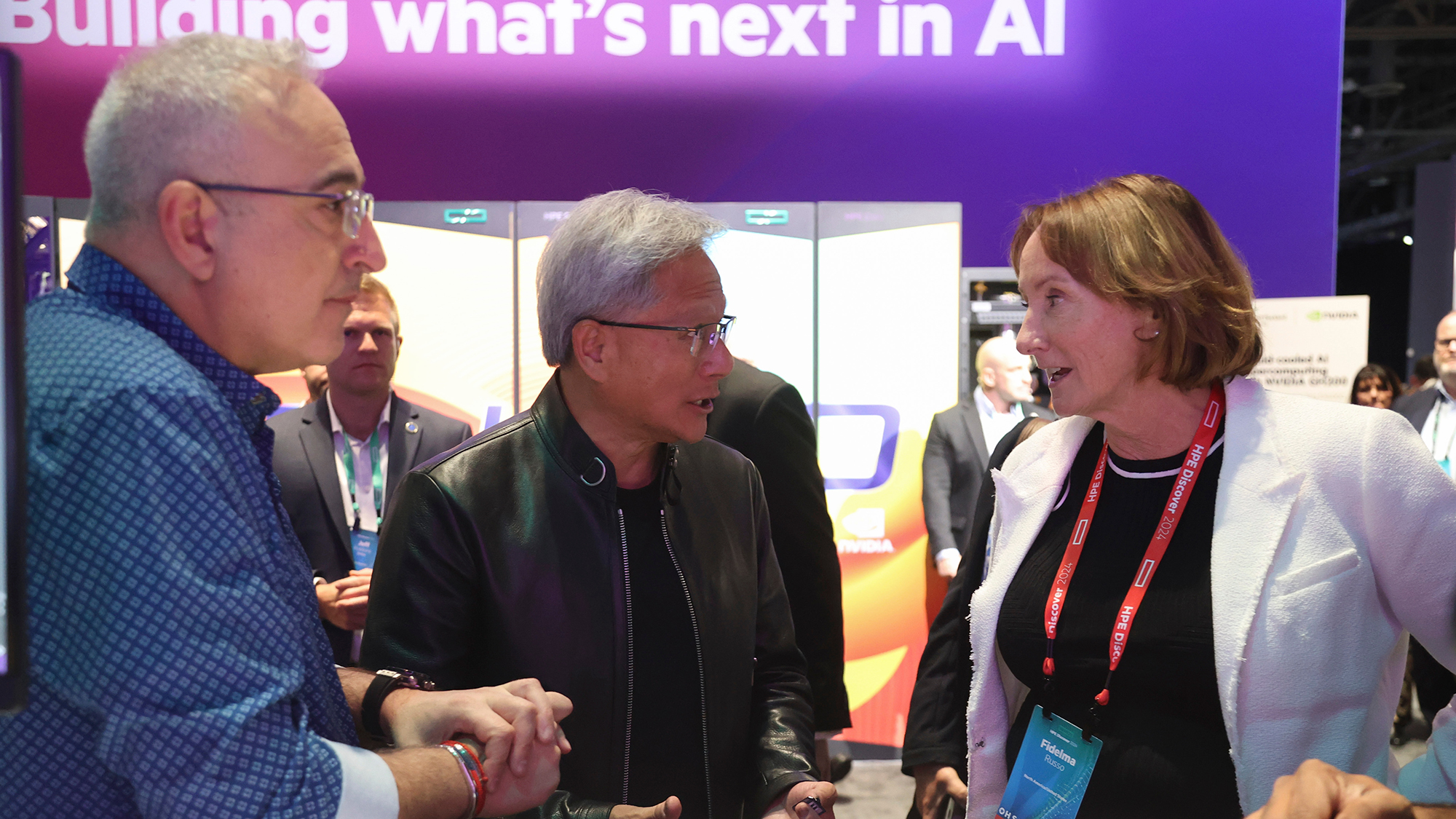 Who is Fidelma Russo?
Who is Fidelma Russo?Learn more about HPE's CTO and leader of GreenLake's success
By Nicole Kobie
-
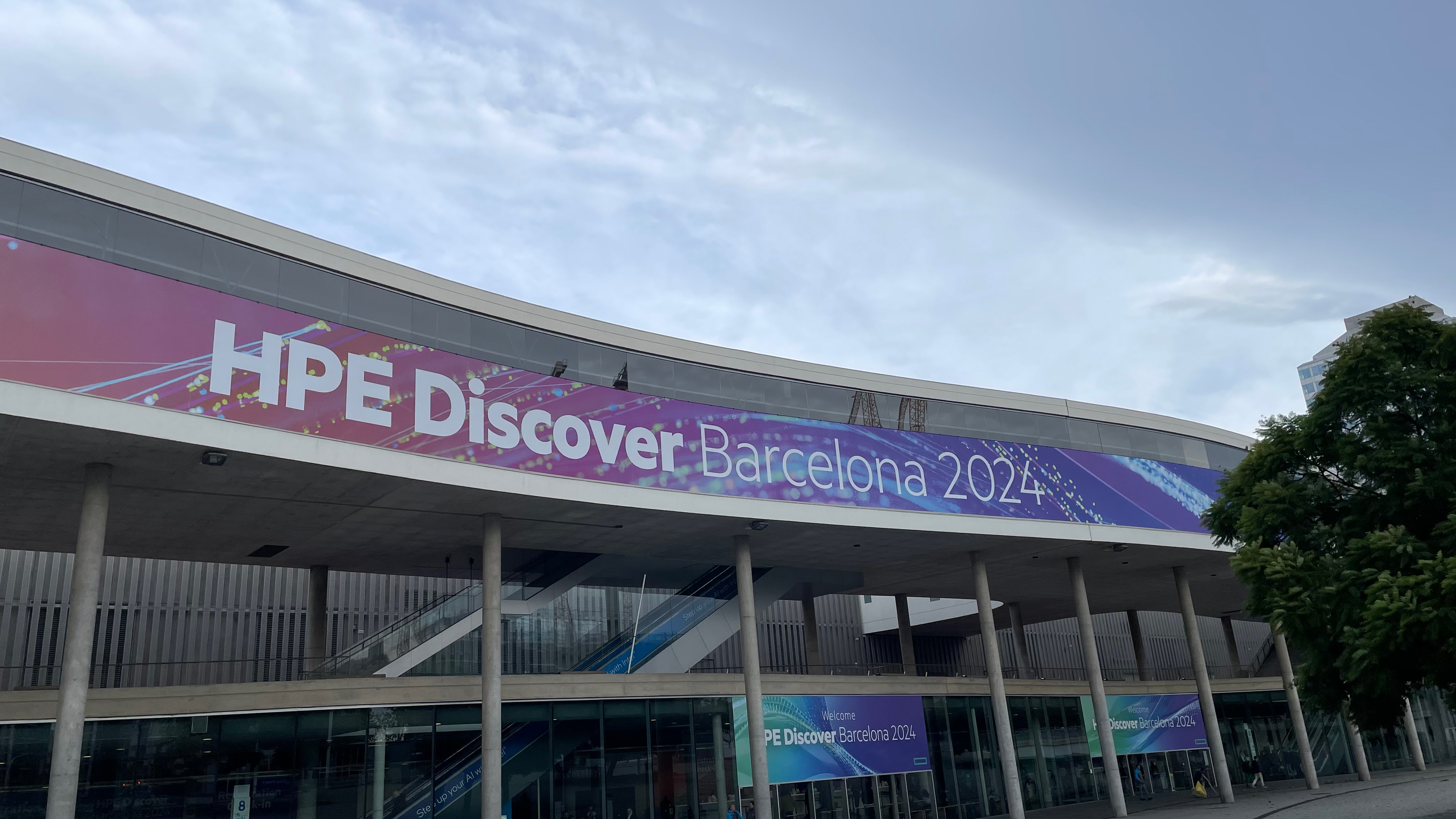 Steady progress and partner potential at HPE Discover Barcelona 2024
Steady progress and partner potential at HPE Discover Barcelona 2024Analysis With few product announcements, HPE's annual Europe event instead laid the groundwork for 2025
By Jane McCallion
-
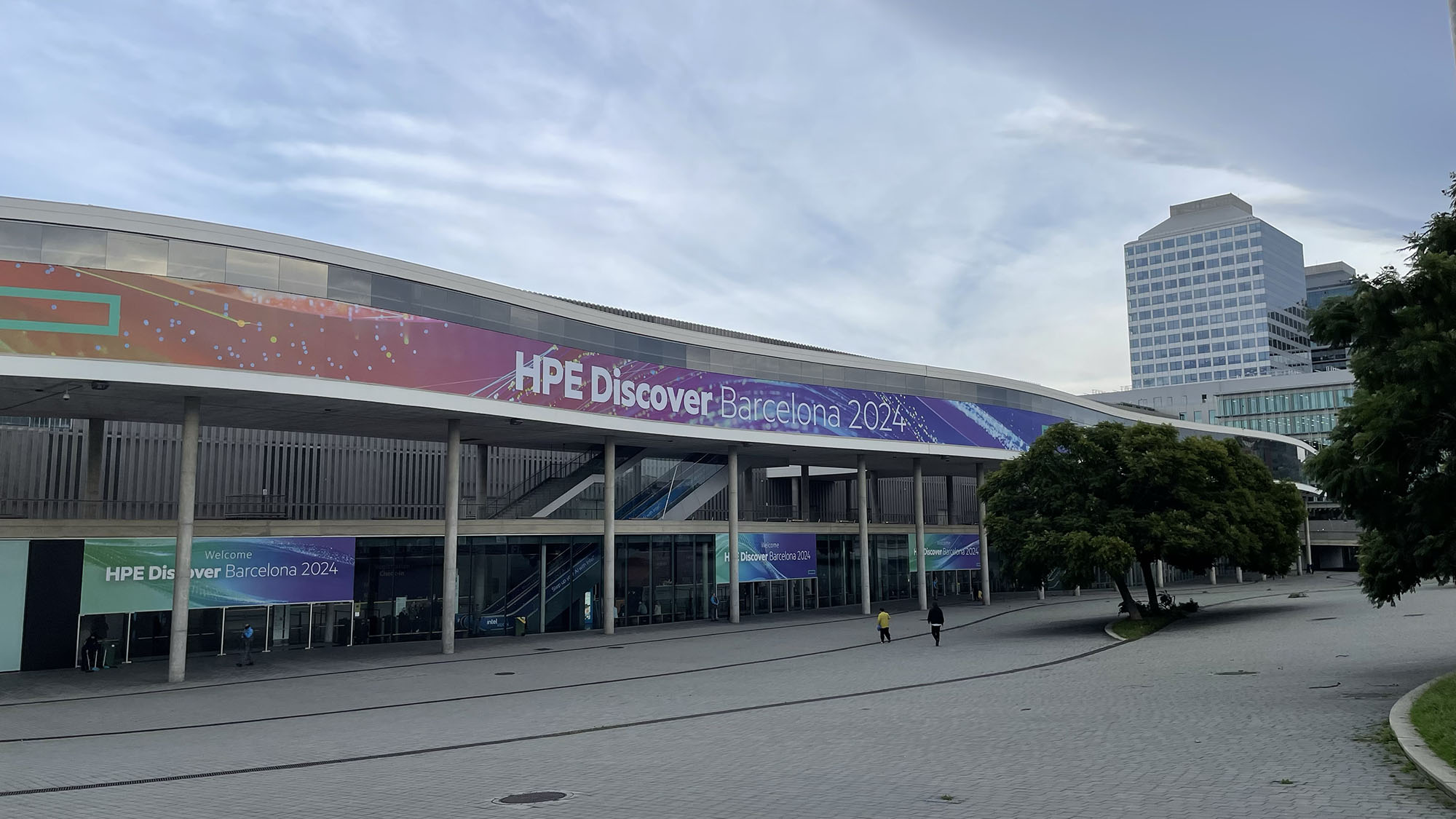 HPE launches exclusive sovereign cloud offering for the channel
HPE launches exclusive sovereign cloud offering for the channelPartners will need HPE Sovereignty competency before they can start selling
By Jane McCallion
-
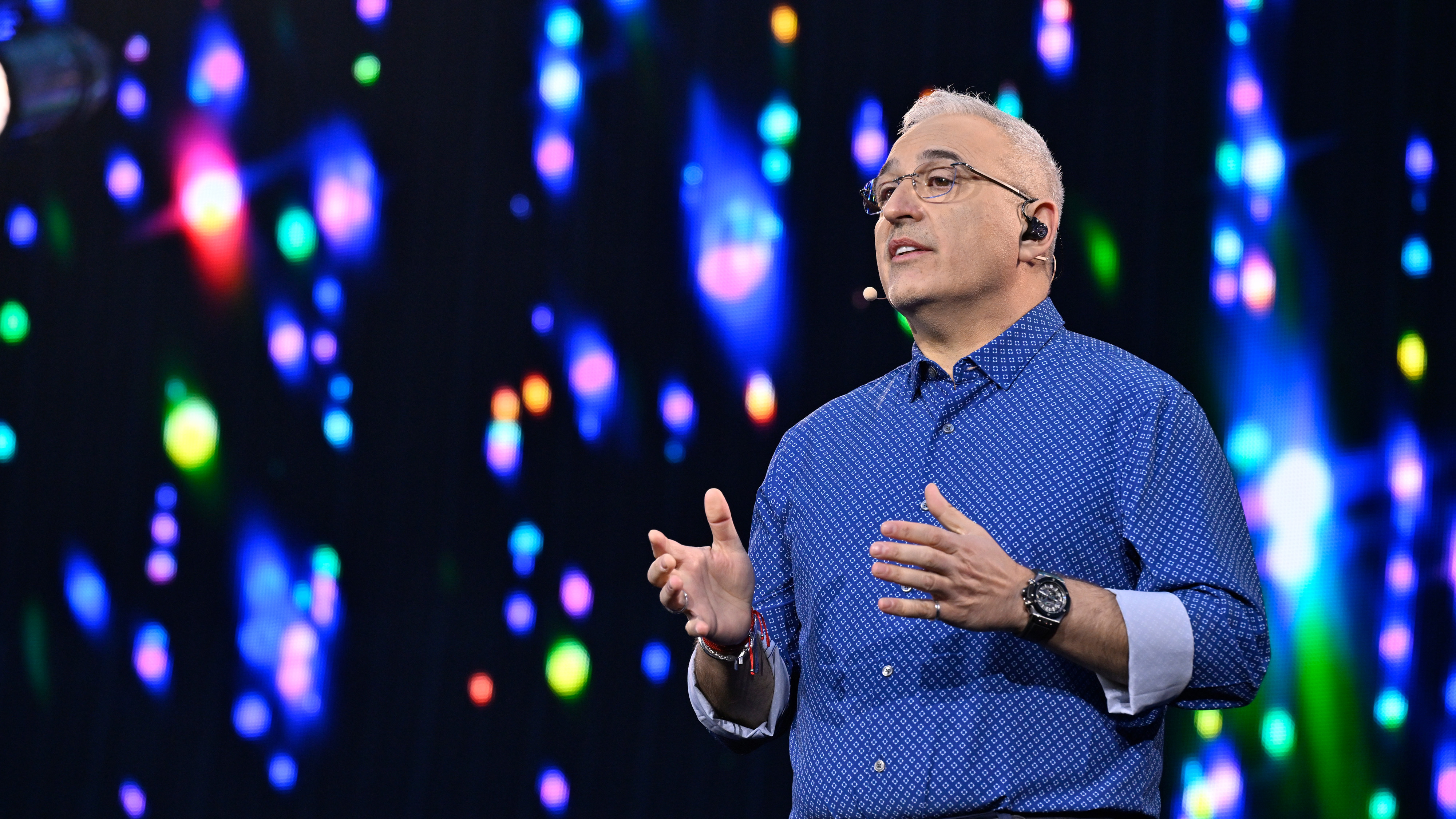 HPE Discover Barcelona 2024: All the news and updates live
HPE Discover Barcelona 2024: All the news and updates liveLive coverage of the keynote at HPE Discover Barcelona
By Jane McCallion
-
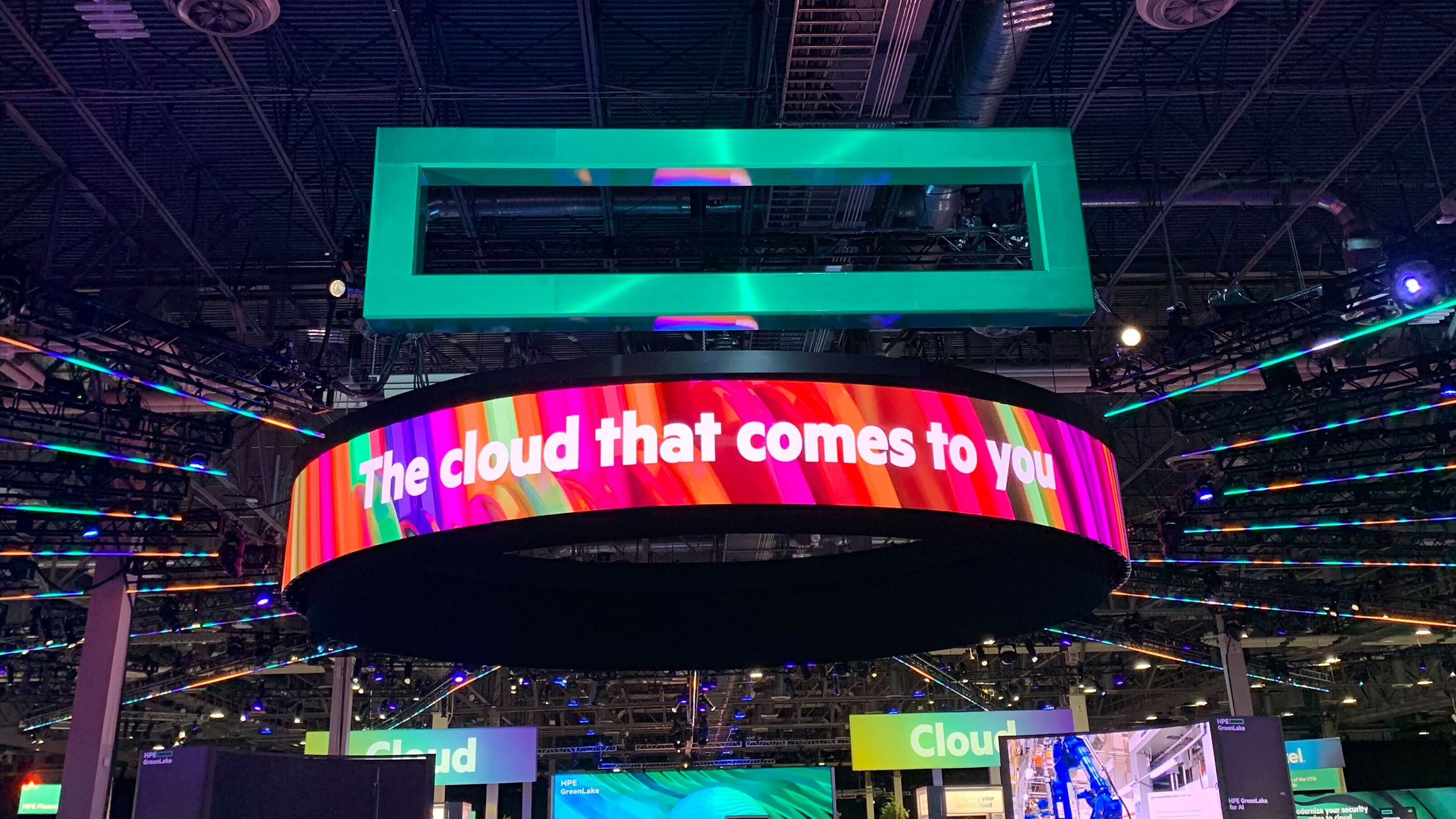 What to look out for at HPE Discover Barcelona 2024
What to look out for at HPE Discover Barcelona 2024Analysis Hewlett Packard Enterprise’s European conference opens on 20 November – here’s four announcements I expect to see
By Jane McCallion
-
 The power and the pain: Looking forward so you’re not held back
The power and the pain: Looking forward so you’re not held backAvoiding server modernization may seem like a cost-saving strategy, but the hidden risks of downtime, security breaches, and operational inefficiencies can quickly become far more costly…
By ITPro
-
 Modernization: Nothing to fear except failing to future-proof
Modernization: Nothing to fear except failing to future-proofAs businesses face mounting pressure to innovate while maintaining daily operations on tight budgets, modernization has become a necessity, not a luxury
By ITPro
-
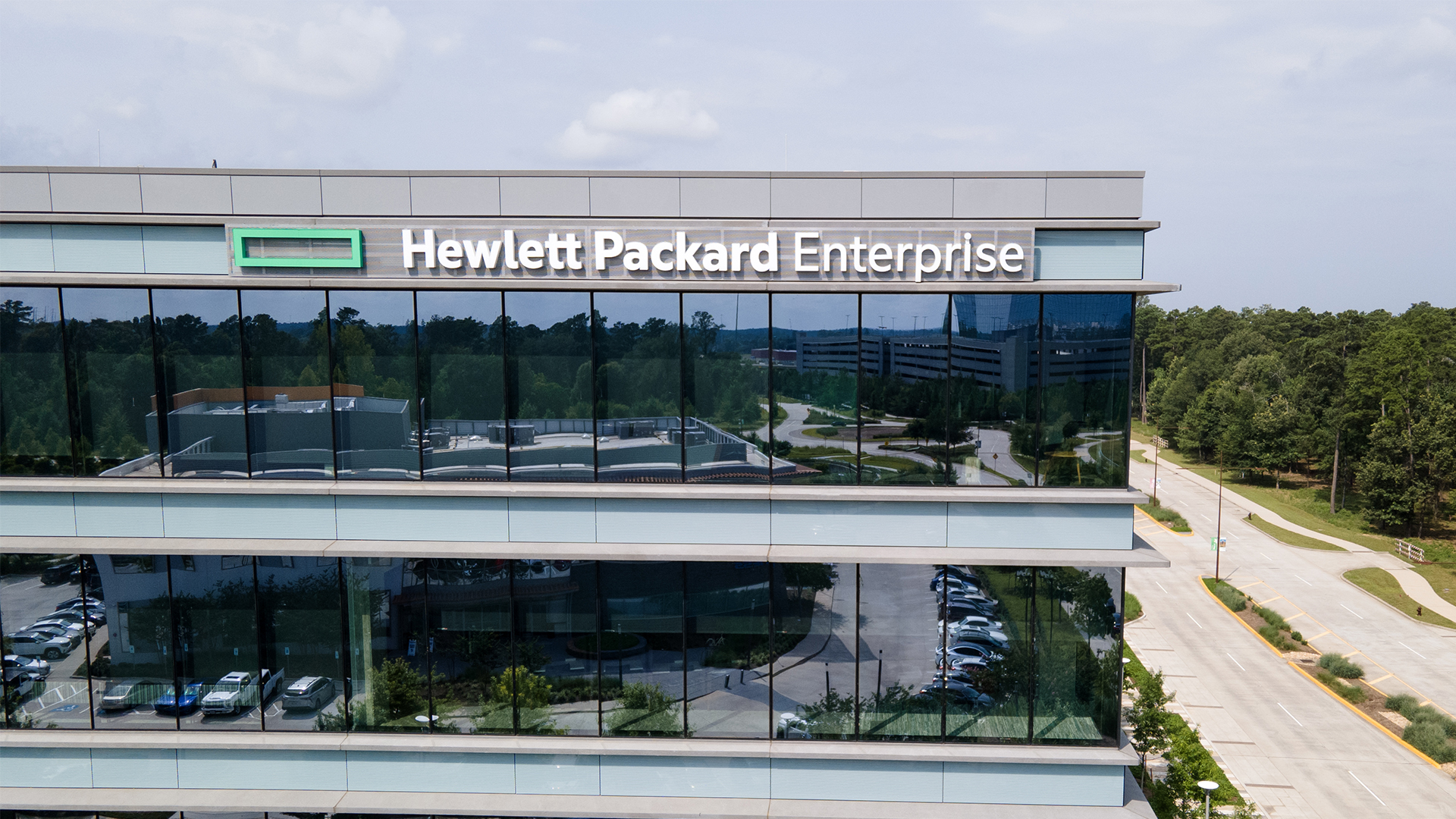 Plain sailing for HPE as Juniper Networks acquisition expected to breeze through antitrust probe
Plain sailing for HPE as Juniper Networks acquisition expected to breeze through antitrust probeNews The deal is expected to bolster HPE’s position in the highly competitive networking market
By George Fitzmaurice
